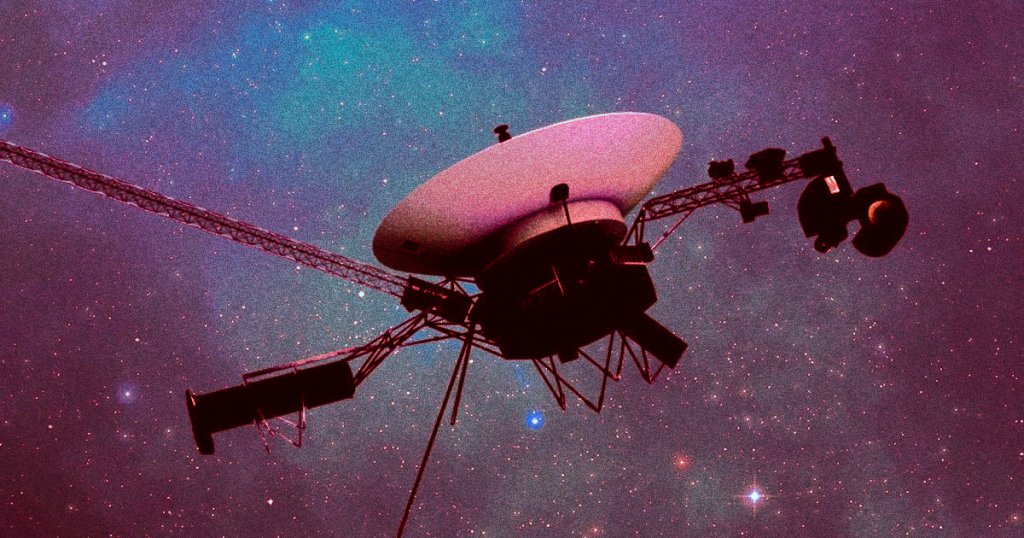“It would be the biggest miracle if we get it back.”
Serious Stuff
Things have gone from bad to worse for Voyager 1, which has been out of contact with Earth-bound mission control for months now — and there’s no telling when it may come back online.
In an interview with Ars Technica, Voyager project manager Suzanne Dodd said the 46-year-old craft, which is currently careening some 15 billion miles away, is in worse shape than she’s ever seen it.
Back in November, a computer glitch caused the pioneering probe to stop sending its telemetry data back to NASA. Since then, its team at the Jet Propulsion Laboratory in California has been, essentially, flying it blind.
“It would be the biggest miracle if we get it back. We certainly haven’t given up,” Dodd said. “This is, by far, the most serious [problem] since I’ve been project manager.”
Launched, counterintuitively, a few weeks after the Voyager 2 craft back in the fall of 1977, the groundbreaking craft has spent the first three-quarters of its tour flying through the outer reaches of our own Solar System, and has since 2012 been officially exploring interstellar space. Throughout the decades, it’s experienced all sorts of technical difficulties — but lately there’s a mood of inevitability for its unavoidable demise.
“Not to be morose, but a lot of Voyager people are dead,” Dodd told Ars. “So the people that built the spacecraft are not alive anymore. We do have a reasonably good set of documentation, but a lot of it is in paper, so you do this archaeology dig to get documents.”
Ground Control to Voyager
According to its project manager, Voyager 1’s current issue seems to stem from its Flight Data Subsystem (FDS), one of its three main computers tasked with sending its operational data back to terra firma. For the past three months, the mission’s “tiger team” of only eight experts has been trying to pinpoint exactly what’s ailing the probe, but that’s pretty hard to do when it can’t send back its own diagnostics.
While the team is “99.9 percent” sure they’ve figured out what’s wrong with Voyager 1, they haven’t been able to do much about it because, as the project manager explains, the issue stems from some corrupted memory — meaning they can’t see past the glitch itself.
“A bit [of memory] got flipped or corrupted,” Dodd explained. “But without the telemetry, we can’t see where that FDS memory corruption is.”
This lengthy lack of communication, which has been broken only by signals telling NASA that Voyager 1 is still alive out there, is cause for major concern.
“This anomaly causes us not to have any telemetry,” Dodd said. “We’re kind of shooting in the blind a little bit because we don’t know what the status of the spacecraft is completely.”
More on NASA: Mass Layoffs Hit NASA
Share This Article

